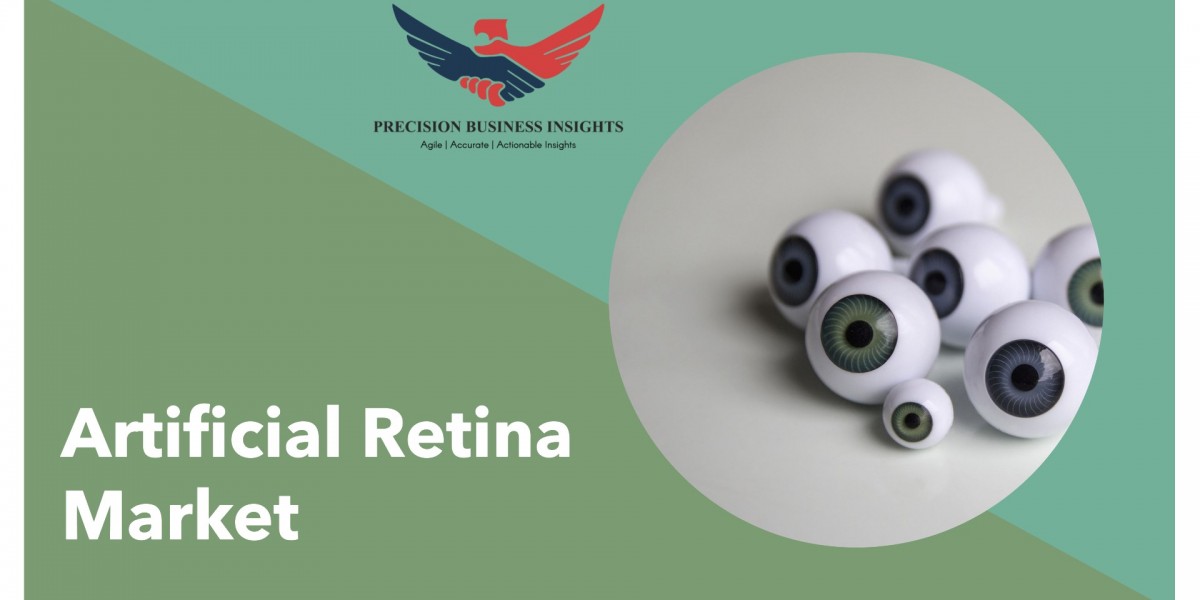Emo music is more than just a sound; it's a visceral world filled with unvarnished lyrics, eerie melodies, and a heartbeat that mirrors the highs and lows of life. Imagine yourself plunging into a world of music where strong chords and sensitivity collide, where grief is harmonized and feelings are given a platform. This post will take you on a musical voyage to unravel the mystery of what is emo music, examining its inception, development, and enduring influence on various age groups while allowing you to experience the sound and comprehend its essence.
What is emo music?
Biblical singing that is lovely and transformational is called emu music. It's a genre defined by deep emotional resonance, reflective lyrics, and expressive, frequently intimate, subjects.
Although it originated in the hardcore punk era, emu music has developed into a unique genre. It commonly has lyrical material with a strong guitar melody and poignant, intimate lyrics that frequently touch on topics of love, heartbreak, angst, and personal challenges.
Now that you know the fundamentals of "what is emo music," let's explore its nuances in more detail. The genre blends elements of post-hardcore, indie rock, and punk rock, among other subgenres and influences. Emo music has evolved over time, giving rise to various waves and variants. There were raw, visceral sounds in the 1990s.
Characteristics of emo music
Understanding the distinct qualities that comprise this dynamic musical genre is essential to fully grasping what emo music is.
Anxiety
Emo music is frequently associated with feelings of inner conflict and emotional upheaval. The lyrics often convey a sense of disquiet or discontent with one's own reality by exploring sentiments of irritation, alienation, and inner conflict.
Perceptiveness
Emo music embraces sensitivity and contemplation while diving into unfiltered and sensitive emotions. In order to help listeners relate to the artist's emotional journey, it frequently aims to communicate genuine and intensely intimate experiences.
Contradiction
Occasionally, discordant components or sounds are used into emo music, which can create an uncomfortable or stressful mood. The use of dissonance deepens the emotional landscape and amplifies the emotions expressed in the song.
Sentimental lyrics
Emo music features very emotional and reflective lyrics that center around themes like love, heartbreak, introspection, and personal hardships. The goal of these lyrics is to strike a deep emotional chord with listeners and elicit strong feelings.
Damaged guitars
The characteristic tones of emo music are distorted guitars. The use of highly overdriven or distorted guitars adds depth and urgency to the song, contributing to the strong and passionate tone of the genre.
Dynamic shifts
Emo music often incorporates dynamic shifts, ranging from quiet, subdued moments to loud, intense crescendos. These variations in volume and intensity help to convey the emotional peaks and valleys within a song, amplifying its impact.
Top emo bands
My Chemical Romance
My Chemical Romance (MCR) rose to prominence in the 2000s as one of the most significant bands in the emo music trend. It gained popularity because to its dramatic performances, powerful lyrics, and powerful vocals by Gerard Way. Emo superstar status was solidified with albums like "Three Cheers for Sweet Revenge" and "The Black Parade."
The Used
The Used, a band well-known for their raw, aggressive sound, combined post-hardcore and emo components to create incredibly emotional music. The band's ability to bring emotion into their songs and lead vocalist Bert McCracker's powerful voice enthralled the audiences. They powerfully combined compassion and aggression in albums like "In Love and Death" and their debut self-titled album.
Paramore
Paramore, fronted by the alluring Hayley William, brought a vibrant, dynamic energy to the emo-pop scene. Its music was a masterful blend of pop-punk and emo elements, producing catchy melodies, incisive lyrics, and a remarkable live presence. Hits like "Misery Business" and "Decode" solidified their status as significant figures in the alternative and emo music movements.
Good Charlotte
Good Charlotte rose to fame in the early 2000s thanks to their memorable and listenable songs. The band used pop-punk and emo tendencies to tackle subjects like teenage anguish, societal challenges, and personal struggles. Songs like "The Anthem" and "Lifestyles of the Rich & Famous" appealed to a generation that was experiencing identity and peer pressure problems.
New Found Glory
The pop-punk/emo hybrid band New Found Glory first gained popularity in the late 1990s. The group became well-known in the genre thanks to its catchy choruses and energetic, catchy tunes with meaningful lyrics. These albums, "Stick and Stones" and "Catalyst," solidified their place as major figures in the emo-pop landscape.
Yellowcard
Yellowcard blended pop-punk, emo, and violin influences to give their songs a distinct sound. Pop-punk and emo audiences took a strong liking to the band due to hits like "Only One" and "Ocean Avenue," which showcased their ability to blend catchy melodies with thought-provoking lyrics.
Emo music today
Though emo music has been around for many years, what does it signify today? The development and variety of emo music has affected the contemporary alternative and indie music scenes.
Although its popularity may have declined from its peak in the early 2000s, its influence on modern artists and other subgenres guarantees that its legacy will endure.
In order to provide a greater range of sounds and styles, emo music nowadays incorporates elements from various genres, such as hip-hop, pop-punk, and indie rock. Musicians continue to address complex and sensitive subjects in their lyrics, such as relationships, mental health, and personal struggles.








